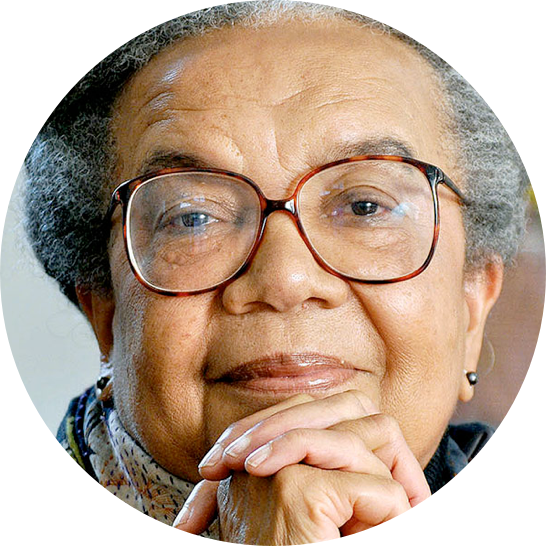In recent years, Harlem has been undergoing a dramatic transformation—one that’s often been called a second Harlem Renaissance. While the first Harlem Renaissance was a major cultural shift, this renaissance has been driven by an economic transformation as developers’ new willingness to invest in Harlem is bringing changes to the community. New retail and office spaces, including former President Bill Clinton’s offices, have opened in the area. New residents have also started moving to the neighborhood as new condominiums have been built and rundown brownstones have been renovated and brought back to life. While many of these changes benefit the entire community, there is some fear that in the march towards “progress” the needs of longtime residents and families haven’t always been taken into account. But some of the groups driving Harlem’s new renaissance have been community members and community builders for years, committed to developing the neighborhood in ways that make it better for the people who have always made up its core. One of these long-term partners is the Abyssinian Development Corporation (ADC).
ADC is affiliated with the historic Abyssinian Baptist Church, where Revs. Adam Clayton Powell, Sr. and Adam Clayton Powell, Jr. held the pastorate for a combined sixty-three years, followed by the brilliant Rev. Dr. Samuel DeWitt Proctor, for whom the Children’s Defense Fund’s annual Institute for Child Advocacy Ministry is named. Rev. Dr. Calvin O. Butts, III, who worked closely with Dr. Proctor, succeeded him to become the current pastor. Social outreach, social uplift, and neighborhood involvement have been priorities for the church from the beginning. ADC was created in 1989 as a not-for-profit community and economic development corporation to help the church respond to Dr. Butts’ call to “rebuild their community brick by brick and block by block.”
ADC’s mission is to “increase the availability of quality housing to people of diverse incomes; enhance the delivery of social services, particularly to the homeless, elderly, families, and children; foster economic revitalization; enhance educational and developmental opportunities for youth; and build community capacity through civic engagement.” They were buying and renovating housing in Harlem before it became fashionable, and their efforts to increase retail options and other opportunities for the community laid the cornerstone for the neighborhood improvement that outside developers were joining by the 1990s. But despite successes like these in real estate, ADC says it realized early on that education would need to be a crucial component in sustaining any long-term community change, and decided to make education one of the organization’s strategic priorities.
The ADC Education Movement has developed and sponsored three public educational institutions—Abyssinian Head Start, the Thurgood Marshall Academy Lower School, and the Thurgood Marshall Academy for Learning and Social Change, a middle and high school. When Thurgood Marshall Academy opened, the state-of-the-art facility was the first new high school in Harlem in 50 years. These schools use proven techniques for success, including beginning college awareness and college readiness programs in the early grades; providing extended learning time, including after school and summer programs, that gives students an opportunity to focus on foreign language, the arts, and other fields; increased use of technology; and strong teacher education and support programs. International Baccalaureate (IB) coursework begins with the middle school curriculum.
Their efforts are working. ADC’s schools are outperforming their public school peers, and ADC notes these schools have become a model for faith-based investment in education and partnerships between education and community institutions. They show similar neighborhoods across the country what can be done by marshaling existing community resources to invest in children.
Just like the visionary Harlem Children’s Zone, ADC is helping make sure that new opportunities for Harlem’s children are a part of the modern Harlem Renaissance. New condos and coffee shops may be one sign of change in a neighborhood, but Abyssinian Development Corporation has correctly realized that focusing on improving children’ chances is a way to ensure long-term, lasting transformation for an entire community.

